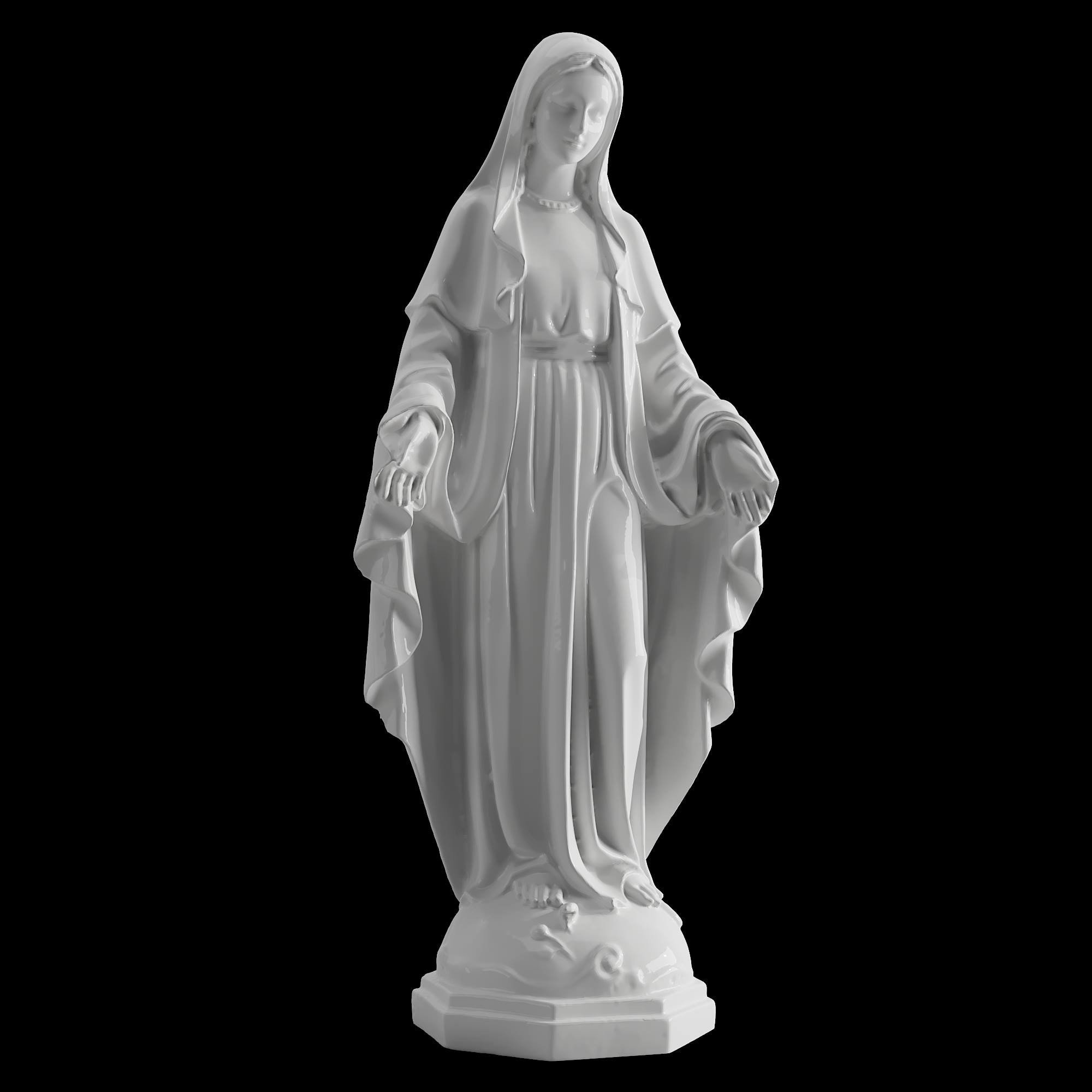## Unveiling Elegance: A Journey Through the Design of a New Chinese Light Luxury Restaurant
This document presents a comprehensive exploration of the design concept for a new Chinese light luxury restaurant. This is not just a dining establishment; it is an immersive experience where gastronomy meets art and traditional aesthetics blend seamlessly with modern sensibilities.
Part 1: Defining the Concept
Light Luxury is a captivating design philosophy that embraces the principles of elegance, sophistication, and understated luxury. It avoids ostentatious displays while still exuding a sense of refined taste. Within the context of a Chinese restaurant, this translates to a space that is both welcoming and aspirational, inviting guests to savor not only the delectable cuisine but also the subtle beauty of the environment.
Key Design Elements:
* Minimalism: The design emphasizes clean lines, open spaces, and a deliberate absence of clutter. This allows for the key elements to stand out and creates a sense of tranquility and serenity.
* Natural Materials: Wood, stone, and bamboo are carefully chosen for their inherent beauty and connection to traditional Chinese aesthetics. Their warm textures and organic forms evoke a sense of timelessness and elegance.
* Subtle Accents: Delicate details are strategically incorporated to elevate the design, such as hand-painted murals, intricate carvings, and luxurious fabrics. These accents add a touch of grandeur without overwhelming the minimalist backdrop.
* Lighting: Soft, warm lighting plays a crucial role in creating a cosy and intimate atmosphere. Natural light is maximized through large windows, while ambient lighting complements the space and highlights key features.
Part 2: Exploring the Spatial Layout
The restaurant layout is designed to create a harmonious flow and enhance the dining experience. A sense of privacy is maintained while also allowing for openness and connection.
Key Design Considerations:
* Seating Arrangement: Tables are spaced appropriately for comfortable dining, with different seating options available to accommodate various needs. Private booths offer an intimate setting for couples or small groups, while larger tables cater to larger gatherings.
* Open Kitchen Concept: A partially open kitchen allows guests to witness the culinary artistry firsthand, adding to the interactive dining experience. It also serves as a visual focal point, drawing the eye towards the heart of the restaurant.
* Multi-Functional Spaces: The design incorporates flexible spaces that can be used for private dining, special events, or casual gatherings. This allows for versatility and caters to diverse needs.
* Outdoor Patio: A tranquil outdoor patio, overlooking a serene garden, provides a relaxing space for guests to enjoy pre-dinner drinks or linger after their meal.
Part 3: A Symphony of Textures and Colors
The color palette and texture selection work in unison to create a cohesive and inviting atmosphere. Warm, earthy tones are used as a foundation, evoking a sense of tranquility and grounding. Subtle accents of gold and bronze add a touch of luxury and sophistication.
Key Color and Texture Elements:
* Neutral Background: Soft creams, beige, and grey tones serve as a neutral backdrop, allowing the key design features to stand out.
* Accent Colors: Warm terracotta, deep jade green, and vibrant plum are used strategically as accent colors, adding depth and visual interest to the space.
* Natural Textures: Wood grains, stone finishes, and woven bamboo provide a natural and tactile element, adding warmth and inviting guests to connect with the space.
* Luxurious Fabrics: Silk, velvet, and linen are incorporated for their softness and sophistication, adding a touch of elegance to seating areas and decorative elements.
Part 4: Immersive Design Details
Beyond the fundamental elements, the design incorporates thoughtful details that elevate the overall experience and create a memorable dining journey.
Key Design Details:
* Hand-Painted Murals: Intricate murals, inspired by traditional Chinese art and nature themes, add a touch of artistic beauty to the space. They evoke a sense of culture and heritage, further enriching the dining experience.
* Custom-Designed Lighting Fixtures: Unique lighting fixtures, incorporating natural materials and geometric designs, add a contemporary edge while complementing the traditional aesthetics. They create a playful and intriguing interplay of light and shadow.
* Art Installations: Sculptures, paintings, and calligraphy pieces, curated to reflect the restaurant's theme and artistic vision, transform the space into a gallery of contemporary Chinese art.
* Floral Arrangements: Fresh floral arrangements, strategically placed throughout the restaurant, enhance the ambiance and add a touch of natural beauty.
Part 5: Embracing Sustainability
The design incorporates sustainable practices throughout, reflecting a commitment to environmental responsibility and creating a positive impact.
Key Sustainability Elements:
* Locally Sourced Materials: Wood and stone are sourced from local suppliers, minimizing transportation impact and supporting local businesses.
* Energy-Efficient Design: Natural light is maximized through strategically placed windows, reducing reliance on artificial lighting. Energy-efficient appliances are utilized to minimize energy consumption.
* Water Conservation Measures: Water-saving fixtures and landscaping that promotes water retention are incorporated to minimize water usage.
* Waste Reduction and Recycling: Sustainable practices are implemented for waste management, encouraging recycling and composting.
Conclusion
The design of this new Chinese light luxury restaurant is a testament to the power of design to create a transformative dining experience. By seamlessly blending traditional aesthetics with modern sensibilities, the restaurant offers a refined and memorable escape, inviting guests to savour delicious cuisine while immersing themselves in a beautiful and harmonious environment. This is a space where gastronomy meets art and elegance reigns supreme.

















Comment (0)